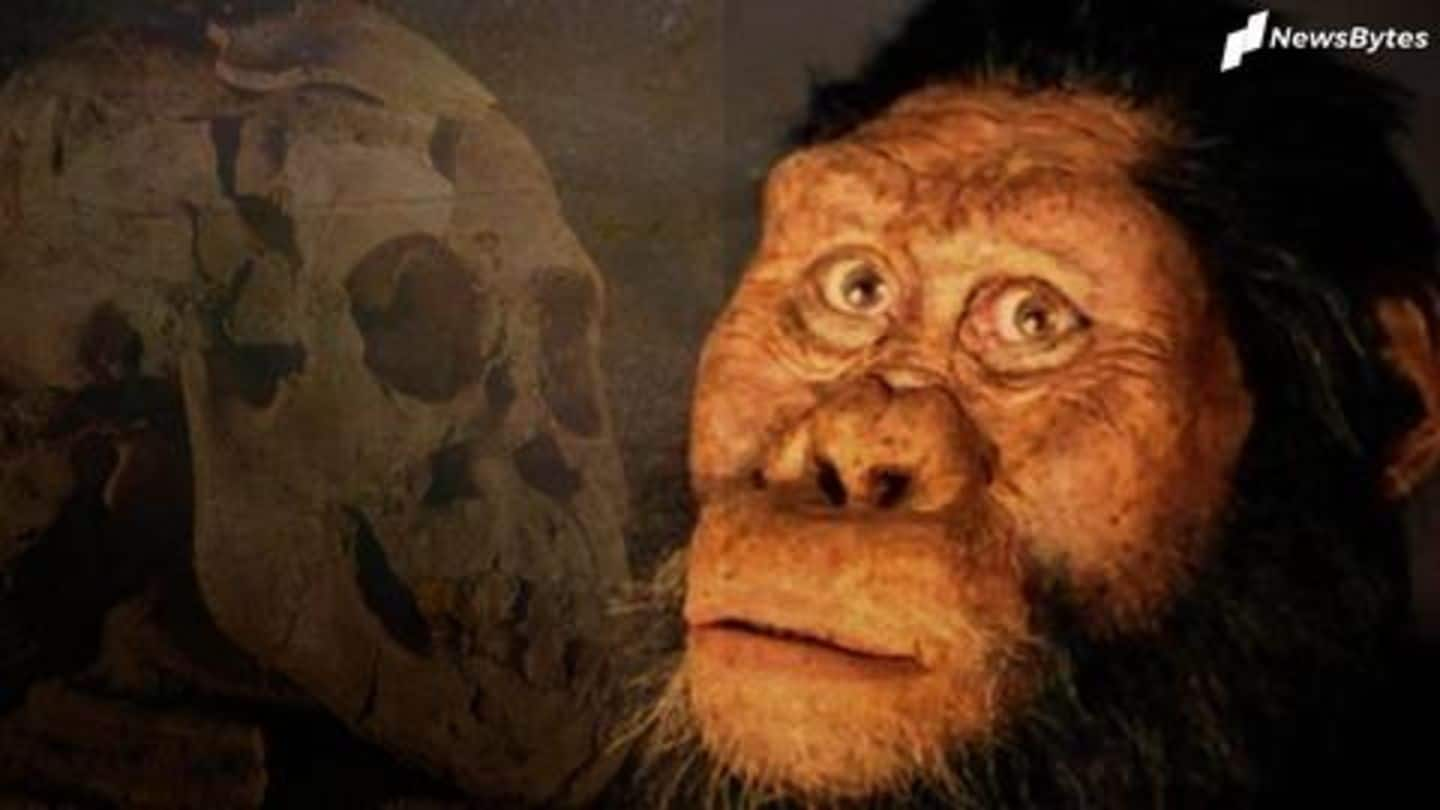
Scientists discover 3.8 million-year-old fossil of ancient human ancestor
What's the story
Despite modern advancements in palaeontology, we still know very little about our own ancestry. However, scientists yesterday announced a groundbreaking discovery of a fossil in Ethiopia, and for the first time, they can assign a face to our ancient ancestor, Australopithecus anamensis (known to have lived 4.2-3.9 million years ago). In the family tree, the genus Australopithecus just precedes the modern-day human, Homo.
Discovery
Discovered in 2016, fossil dates back to 3.8 million years
On Wednesday, scientists of the Cleveland Museum of Natural History announced the discovery of a nearly complete skull of A. anamensis dating back to 3.8 million years ago in the journal Nature. Notably, research head Yohannes Haile-Selassie made the discovery in 2016, buried in the sand, near an ancient river-delta from the Woranso-Mille paleontological study area in the central Afar region of Ethiopia.
Fossil
Fossil belongs to adult male, measures 20cm x 11.5cm
The A. anamensis skull, which belongs to an adult male, measures 8 inches (20cm) front to back, and 4.5 inches (11.5cm) wide. Although the researchers didn't give a height estimate, we know from previous research that the A. anamensis was about 5ft (1.5m) tall. Little was known about the species as, until this discovery, researchers had only found its isolated jaw fragments and teeth.
Significance
Fossil helped understand species' diet, brain size, facial appearance
Now, based on the skull's robust built, long face, protrusive jaws, and a well-developed "sagittal crest," scientists can infer that its face was built to chew tough food. The sagittal crest is a ridge of bone at the top of the skull, indicating strong jaw muscles. The fossil, dubbed MRD, also helped scientists learn about the brain size and facial appearance of the A. anamensis.
Information
Fossil's species direct ancestor of famed 'Lucy' fossil
The species is believed to be bipedal but could've been able to move around in trees, Reuters reported. A. anamensis is also an ancestor of A. afarensis- the species of the famed 'Lucy' fossil, a partial skeleton from 3.2 million years ago, discovered in 1974.
Key takeaway
Study indicates two species of human ancestors existed together
Besides helping understand A. anamensis better, the MRD has also made another significant revelation. The study's authors report that A. anamensis existed for at least 100,000 years even after evolving into Lucy's species, A. afarensis. Previously, it was believed that there was no such inter-species overlap among our ancestors. The study also demonstrates that the two species are more different than previously recognized.
Quote
"Our evolution was not entirely characterized by a linear transformation"
Interestingly, study co-author Stephanie Melillo told Reuters, "The fact that these two very closely related species were overlapping both temporally and spatially brings up new questions about whether they were competing for resources like food or space." Haile-Selassie added, "What we are seeing here is that our evolution was not entirely characterized by a linear transformation by one species to another."